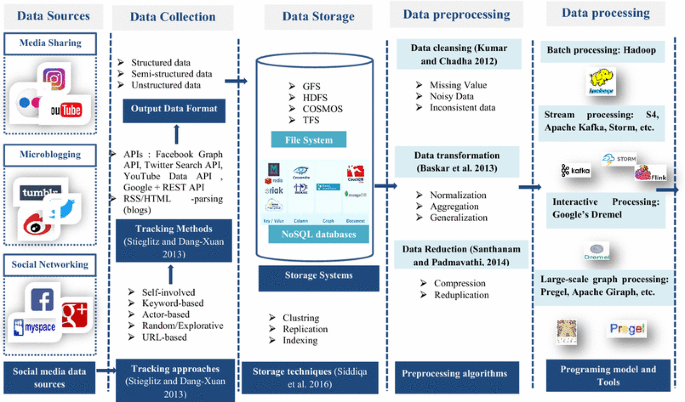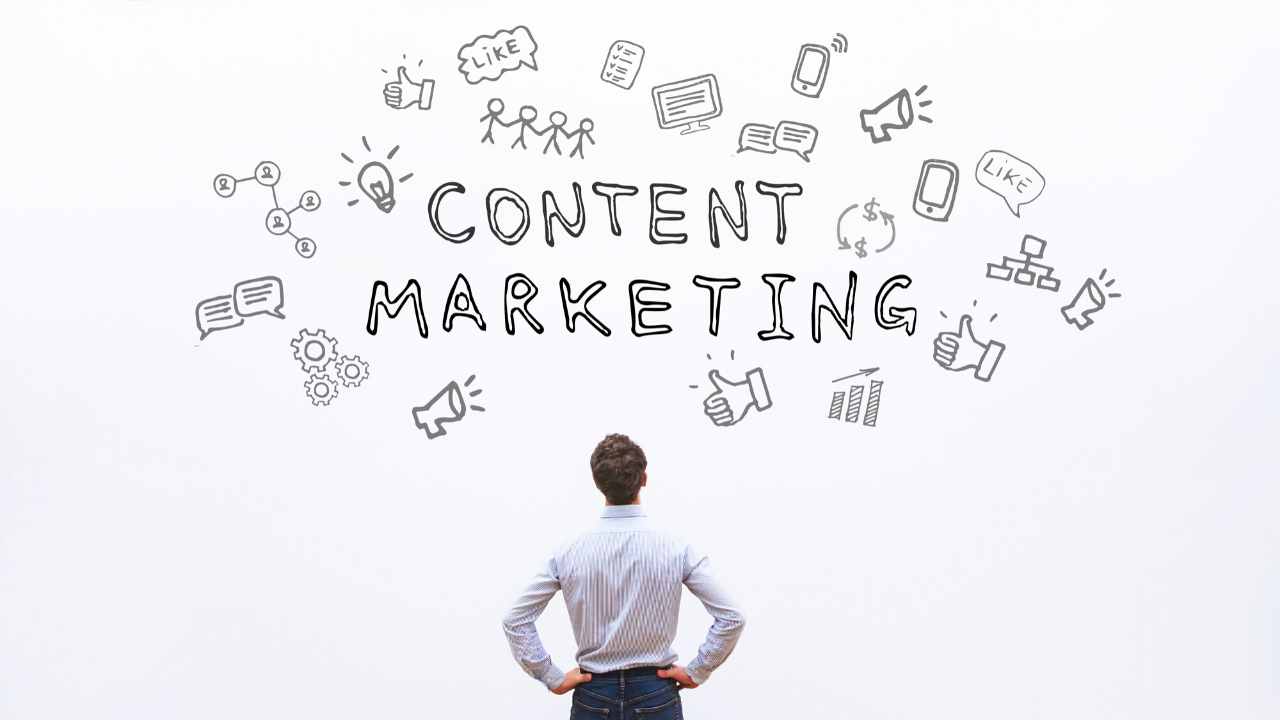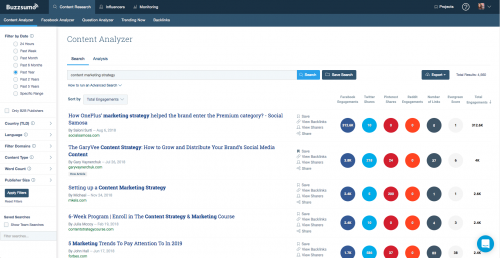
Healthcare professionals have a lot to gain from social media, but you need to be aware of some basics before you use it. Social media can present a dangerous place for information regarding health. Facebook and Twitter have become dedicated hubs for information about the latest coronavirus outbreak. Inaccurate and misleading information can be posted by users. This is why it is so important for medical professionals that they fact-check the information. You should also check the privacy settings for every account you use in order to make sure they aren't infringing anyone's data.
Health care: Social media challenges
Despite the growing use of social media for healthcare, not all stakeholders have been ready to make the change. Stakeholders in healthcare, including clinicians, academic centers, and ministries of health, often lack understanding of the dangers of posting health information on these platforms. Many don’t know about the negative health effects and potential harm that sharing information on health can have. As a result, they may decide not to seek help from a doctor or to apply the information to their own situations.
Patients who are using social media for health purposes may find themselves making a different doctor altogether, based on discussions with other patients on the internet. It can result in shorter relationships between patients, physicians and other healthcare professionals. Some patients will even seek out second opinions after negative experiences with a current physician. Others may just change doctors through online discussions with patients. It is not yet known how widespread this phenomenon will be, but there are already signs that it's a problem.
Impact of social media platforms on public health
Although social media adoption may seem small for some health departments it is becoming a significant part of community engagement. Healthy People 2020 states that a key goal for health departments is to improve access to health information and services. The SHD baseline study aimed to find out how social media is used by health departments, what tools they use the most, and how interactively.

While there are many concerns about social media's impact on public health, companies are taking steps to address them. Social media platforms often have community guidelines and Terms Of Use that regulate what content can be shared. They have implemented systems to deal with violators who become aware of their actions. Some even report violators back to law enforcement. These measures won't solve all the problems of public health promotion in this setting.
Health benefits of social media
Social media communication is a great tool for patients who use it to communicate with their healthcare professionals. Health professionals and patients can have a better understanding of each other through social media. These websites also provide a forum for patients to express their concerns and offer feedback on treatments. This helps both the healthcare professional and patient understand the reactions of others to new techniques. Social media is an important tool to enhance healthcare services.
Hospitals can easily update patients and their operations via social media. In the event of natural disasters, social networking can be used as a way to reach out to the public via social media. For instance, in 2009 the U.S. Centers for Disease Control and Prevention used Twitter to update citizens about the spread H1N1 viruses. Recent events show that healthcare organizations are using social media to connect with patients.
Guidelines for HIPAA-compliant medical professionals who use social media to provide healthcare
HIPAA guidelines have several important implications for medical professionals who use social networks in their practices. For example, posting PHI on Facebook or Twitter is prohibited unless the patient has given their express consent. The patient must also consent to the posting of images of patient information or other information. HIPAA violations can lead to fines as high as $1,500 and even 10 years in prison. Additionally, violators can be fired from their positions. It is possible to follow HIPAA guidelines regarding social media use for healthcare.

First, protected health information (PHI) should not be posted to social media. PHI is information that can identify a patient. PHI should not be used in social media posts or campaigns. Updated guidelines have been issued by the American Association of State and Provincial Licensing Boards for healthcare professionals on social media. When using social media in your practice, make sure you follow these guidelines.
FAQ
What is content marketing?
This is a strategy that creates valuable, relevant content for your website or blog. This content can be text, images, or infographics. It helps to keep customers interested and attract new ones.
What are the various content strategies?
Content strategy refers to all aspects that relate to how you create and manage digital content. It's not just what you publish on social media sites such as Facebook and Twitter but also what you choose to highlight on your website, blog, and other online properties.
Content strategy is important as it lets you know where your attention should go, what content you should use, how to communicate your messages to your audience, and which types of content you should use.
Understanding how content fits in with the overall business goals and objectives is key to helping you reach them.
How do I create engaging content?
You can create great content by writing about topics that are interesting to you. To be a successful writer, you must choose topics that are important to you. You need to discover what drives you and how that knowledge can be applied to helping others. Writing for yourself is one thing, but when you start writing for other people, you'll notice how much easier it becomes to produce quality content.
How do I measure success in content marketing?
There are many different ways to evaluate the effectiveness your content marketing strategy.
Google Analytics is an excellent measurement tool. This tool lets you see where your targeted traffic comes from and what pages they visit most frequently.
It will also show you how long each visitor stays before leaving your site.
You can then use this information to improve your content to get people's attention and keep them engaged for more extended periods.
Another method of measuring the success of your content marketing efforts is to ask yourself these questions:
What value do my new subscribers receive from my email bulletins? How much of my entire mailing lists have become paid members? How many people have clicked on my landing page to convert? Do those who click through convert at higher rates than others?
These are all important metrics you need to monitor and track over time.
A third great way to measure the success of content marketing is to count how many people share your content through social media.
Consider starting now if this is something you aren't doing. This could make the difference between being noticed and not being seen in your industry.
How much should I invest in content marketing?
That depends on how many leads you want to generate. Depending on your industry, the average cost per lead is between $5 and $10. When we started our business, for example, we spent about $20 per lead. Now, we spend around $6-7 per lead.
How long should my content marketing be lasting?
All depends on your objectives. Businesses may be looking for immediate results, while others want long-term growth. We recommend starting with three months of consistent content creation and then reevaluating after that period.
Statistics
- We found that 40% of businesses don't have a documented strategy yet. (semrush.com)
- An example of an overarching goal could be: "In 2022, we want to achieve a 20% increase in revenue created by organic content and generate 15,000 MQLs with a budget of $30,000." (semrush.com)
- According to the Content Marketing Institute, 70% of B2B marketers and 86% of B2C marketers surveyed use content marketing in some form or other. (criteo.com)
- To further show the importance of this, 89% of people have stopped doing business with a company because of a poor experience. (neilpatel.com)
- In fact, would pay more for a better customer experience, and 86% of B2B buyers would pay more. (neilpatel.com)
- According to our research, brand awareness, attracting traffic, and generating leads remain the key content marketing goals in 2022. (semrush.com)
- Content marketing produces 3X more leads per dollar spent. Content marketing costs 62% less than traditional marketing. (criteo.com)
- Progress indicators (0–100%) allow each team member to see how attainable each goal is and understand what remains to be accomplished. (semrush.com)
External Links
How To
What Is A Content Marketing Plan?
A content marketing strategy (CMP) helps you set your goals and objectives. It also gives you strategies to develop and execute your online presence. It serves as a guide for content creation and distribution.
The CMP is often broken down into three main areas.
-
Your overall strategy. What do you want?
-
Your content strategy - Where will you find the right people to write, curate, and distribute your content?
-
You'll need to decide which channels you will use to share your strategy. Which types of content can you create?
These four components make up an effective CMP:
-
Goal Setting – Define your target audience. Set measurable KPIs that will measure success.
-
Audience Research – Get to know your ideal customers and where to find them.
-
Strategy - Develop a clear vision of where you're going. Then break it down into smaller pieces.
-
Execution is key - Have realistic expectations about the time you can expect to see tangible results.